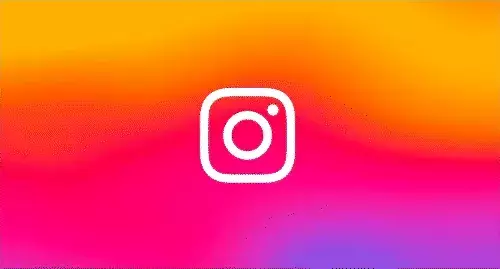In an age where visual content reigns supreme, social media platforms like Instagram are under constant scrutiny regarding how they manage and optimize user experience. Recently, Adam Mosseri, the head of Instagram, shed light on the platform’s handling of video quality for its Stories and Reels through a Q&A session on Instagram Stories. His remarks raised a multitude of questions regarding algorithmic fairness, engagement strategies, and the overall experience for users and creators alike.
Mosseri’s comments addressed how Instagram dynamically adjusts the quality of videos depending on their engagement statistics. When initial views on Stories or Reels dip after posting, the platform may revert to a lower-quality version of the video. If later engagements surge, Instagram re-renders the higher-quality video. This process aims to conserve resources while optimizing the experience for the most engaged users. Essentially, videos that get ignored are downgraded, potentially leading to a vicious cycle where lack of views results in poorer quality, further reducing the likelihood of future engagement.
While this approach may seem logical, it inadvertently highlights a troubling bias within the system. By reducing video quality for less viewed content, the chances of those videos gaining traction are diminished, creating an ecosystem where only the popular creators thrive. This raises concerns about whether Instagram’s algorithms genuinely serve all content creators equally, or if they inherently favor more established accounts.
Mosseri has previously indicated that changes were in motion to level the playing field for smaller creators. He acknowledged that these individuals have historically faced challenges in gaining visibility. Yet, the system’s built-in preference for higher quality for those driving more views appears to counteract these intentions. Smaller creators often find it hard to gain a foothold in an algorithm that rewards popularity above all else. This paradox places significant pressure on new or less-followed creators, who may already struggle with visibility and engagement.
The question remains: can Instagram genuinely support smaller accounts while simultaneously optimizing for videos that already have a built-in audience? As Mosseri himself acknowledged, the weight of engagement metrics is heavy, and the algorithm inherently biases accounts that already have significant traction. This reliance on historical engagement to determine current video quality might render efforts to assist smaller creators moot.
In another intriguing point, Mosseri expressed that the quality reduction might not significantly impact viewer interaction. He noted that, despite creators’ concerns about their video quality, viewers tend to prioritize content over resolution when determining whether to engage with a video. This observation raises a further layer of complexity to the issue: while creators may feel disheartened by video quality, the audience may not share the same concern, focusing instead on the content’s value.
However, this contention doesn’t fully address the psychological effects on creators. The visual representation of their work is a significant component of their brand and identity on the platform. As creators, seeing their efforts reduced to lower quality can be disheartening and might lead some to refrain from sharing content they feel does not represent their best work.
Instagram stands at a crossroads when deciding how to balance its systems to ensure user satisfaction while nurturing content diversity. The dynamic video quality adjustments create a self-sustaining loop that favors popularity over creativity. It raises a larger question about the platform’s long-term vision: will Instagram continue to prioritize engagement metrics, or will it find means to support a more equitable approach?
Ultimately, for creators navigating this complicated landscape, understanding how their content interacts with Instagram’s algorithm is vital. By recognizing that quality disparities will more likely affect engagement due to varying levels of existing visibility, they can tailor their approaches accordingly. Until substantive changes materialize, the future may still belong to those with the highest engagement rates—an unsettling notion for aspiring creators hoping to break through the noise.


Leave a Reply